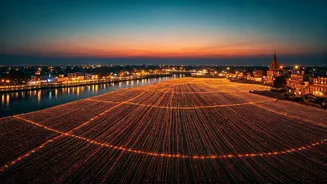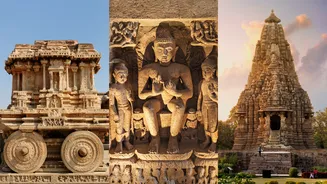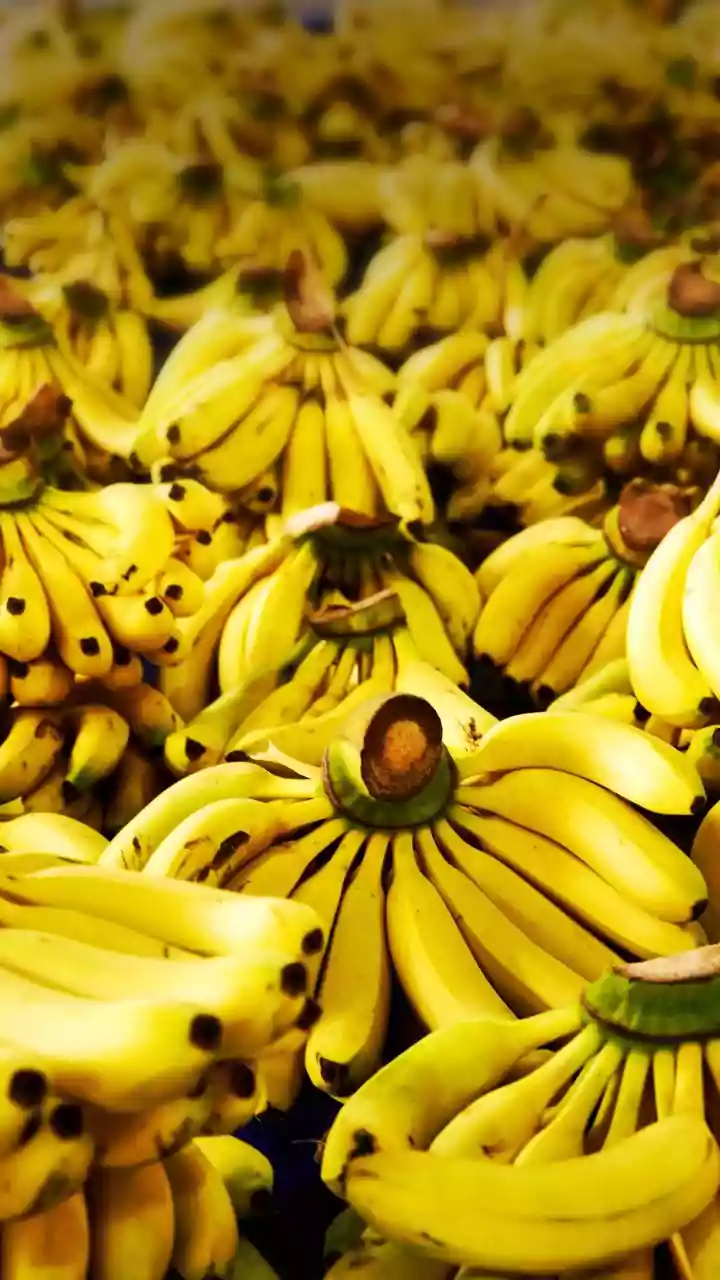A vibrant celebration of tradition and courage in Indore, Madhya Pradesh, turned dangerous this year when 35 people sustained burn injuries during the annual Hingot Yuddh (Hingot Battle), held a day after
Diwali.
The injured were immediately given first aid on site before being rushed to hospitals. The event, which attracts thousands of spectators, pits the Turra team of Gautampura against the Kalangi team of Runji in a fiery contest near the Devnarayan Temple.
Participants, dressed in traditional attire with shields and Hingot pouches, ignited bamboo sticks and hurled burning Hingots, hollowed fruits filled with gunpowder, at their opponents. The ritual, said to date back centuries, is accompanied by deafening drums, swirling smoke, and a charged, festive atmosphere. This year, the battle was stopped half an hour early due to safety concerns, yet at least 35 people were injured, one of whom is in serious condition and referred to a hospital in Indore.
The administration had deployed fire brigades, ambulances, and police to manage the crowd, but the sheer intensity of the spectacle proved difficult to contain.
What is Hingot Yuddh?
The Hingot Yuddh has long drawn criticism for its dangers. In 2017, a young participant lost his life, prompting calls to ban the event. A petition filed in the Madhya Pradesh High Court labelled the practice “inhuman and life-threatening”, though the matter remains pending. Villagers, however, defend the ritual as a symbol of heritage and bravery.
Legend traces the practice back to the Mughal era, when Maratha soldiers reportedly used hollowed Hingot fruits packed with gunpowder as makeshift grenades in guerrilla warfare. Over time, the technique evolved into a ceremonial battle and a festive performance of courage.
For young men in Gautampura and surrounding villages, participation in the Hingot Yuddh is a demonstration of fearlessness, faith, and community pride, despite the very real risk of injury. The Hingot itself is a wild fruit with a tough shell, emptied of pulp, filled with gunpowder, and sealed with yellow clay.



















